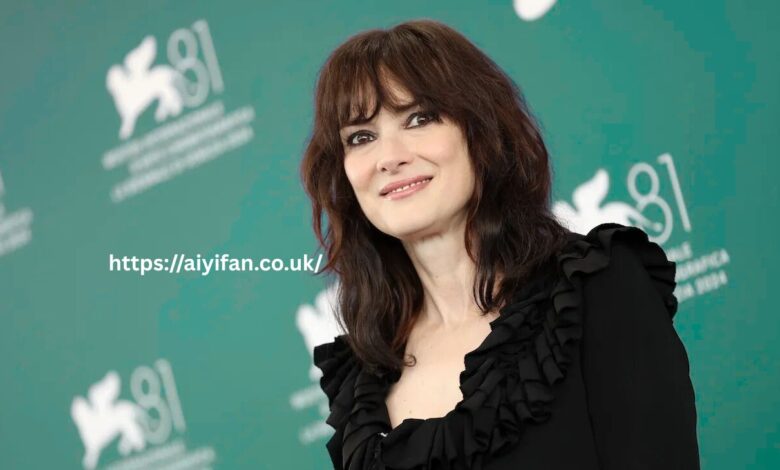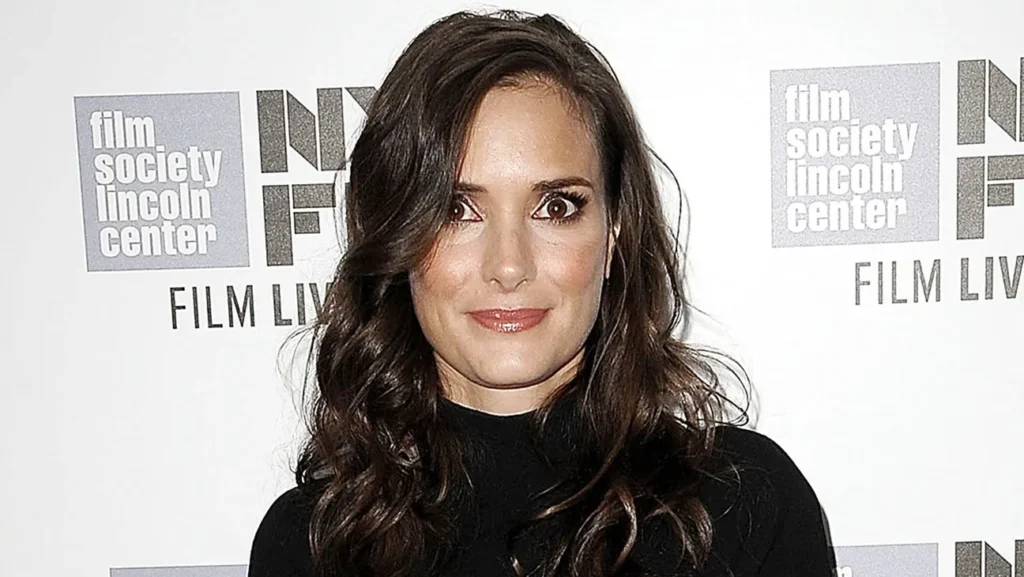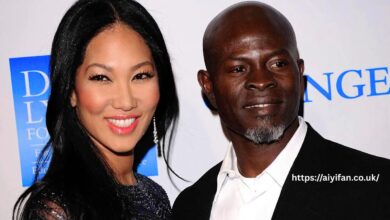Winona Ryder in the 80s The Rise of a Timeless Icon

If you think of Winona Ryder 80s cinema, a few names instantly come to mind: Molly Ringwald, Matthew Broderick, Emilio Estevez. But toward the end of that neon-soaked decade, another face appeared that would become unforgettable Winona Ryder. The 80s were the years that shaped her career, turning her from an unknown teenager into one of the most recognizable stars of the 90s. Looking back now, it’s almost hard to believe how much ground she covered in just a few short years.
Early Life and Entry Into Hollywood
Winona Ryder was born Winona Laura Horowitz in 1971 in Minnesota, but she grew up in a very unconventional setting. Her parents were free-spirited, connected to the counterculture movement, and named her after the town of Winona, where she was born. She was raised on a commune in Northern California for part of her childhood, with little access to TV or pop culture. Books and art were her main form of entertainment, which explains why she carried that bookish, thoughtful quality into many of her characters.
By her early teens, she started taking acting lessons. She wasn’t the type of teenager who screamed “Hollywood.” She was shy, pale, and had a slightly awkward presence that didn’t fit into the typical mold of aspiring starlets. But that was exactly what made her stand out.
Her break came when she was cast in “Lucas” (1986), a coming-of-age film directed by David Seltzer. Though her role was small, her natural screen presence was impossible to ignore. Even then, there was something magnetic about her a mix of vulnerability and intelligence.
Winona Ryder in Beetlejuice (1988) A Cult Classic Role
When people think of Winona Ryder 80s, they immediately jump to “Beetlejuice” (1988). Directed by Tim Burton, the movie was a wild, dark comedy about ghosts, the afterlife, and suburban weirdness. Winona played Lydia Deetz, the morbid, goth teenager who famously said, “I myself am strange and unusual.”
It’s hard to overstate how big this role was for her. The character of Lydia became an icon of 80s goth culture the dark hair, the black dresses, the pale skin, the quiet melancholy. At a time when most teen girls in movies were bubbly and bright, Lydia was unapologetically different. And teenagers across America (especially those who didn’t feel like they fit in) saw themselves in her.
Not only did “Beetlejuice” solidify Tim Burton’s style, but it also gave Ryder her first taste of real stardom. She wasn’t just the side character anymore; she was the one audiences remembered when the credits rolled.
Winona Ryder in Heathers (1989): The Dark Teen Queen
If Beetlejuice made her famous, then “Heathers” (1989) made her legendary. Before Mean Girls, before Euphoria, before any of the sharp teen satires that came later, there was Heathers. This movie didn’t just poke fun at high school cliques it set them on fire. Literally.
Winona played Veronica Sawyer, a smart, somewhat cynical high schooler who falls for the dangerous new guy, played by Christian Slater. Together, they take on the school’s ruling clique, the Heathers a trio of popular girls with matching names and matching cruelty.
The film was dark, violent, satirical, and way ahead of its time. It didn’t do huge numbers at the box office, but it became a cult classic almost instantly. And at the center of it all was Ryder. She wasn’t just another teen actress; she was someone who could carry an edgy, twisted story with humor and heart.
Her performance in Heathers gave her credibility with critics while also making her a hero to a generation of misfits and outsiders. Veronica wasn’t a helpless victim; she was clever, morally conflicted, and complicated and Ryder pulled it off perfectly.
Other Key 80s Roles
While Beetlejuice and Heathers are the two films that defined her in the 80s, Ryder’s filmography in that period also included a few smaller but notable projects:
- “Square Dance” (1987): She played a farm girl opposite Jane Alexander and Rob Lowe. This movie showed her dramatic range even before she hit cult status.
- “1969” (1988): A lesser-known drama where she played alongside Robert Downey Jr. and Kiefer Sutherland. It was another chance to prove she could hold her own against big names.
By the end of the 80s, she was on the fast track. Unlike many teen stars, she wasn’t typecast into “just the girlfriend” or “the cheerleader.” She picked roles that were strange, literary, and slightly left of center choices that made her unforgettable.
Style and Cultural Impact in the 80s
Winona Ryder wasn’t just a movie star she became a style icon of the late 80s.
- The Goth Look: Thanks to Beetlejuice, Ryder became tied to the goth aesthetic. Pale skin, dark eyeliner, and oversized black clothing became the unofficial uniform for any teen who didn’t want to blend in.
- Androgyny and Minimalism: Unlike many actresses of the time who leaned into glamour, Ryder often appeared in simple black dresses, blazers, or jeans. She wasn’t about flashy sequins; she was about cool, understated rebellion.
- Bookish Vibes: Ryder was often photographed carrying novels, and her characters often had an intellectual or outsider quality. This was a huge contrast to the typical “mall culture” of the 80s.
Her impact was so big that she ended up on the cover of magazines, heralded as the new face of Hollywood even before she turned 20.
Transition to the 90s
By the time the 80s closed, Ryder was perfectly positioned to dominate the 90s. And she did. Films like “Edward Scissorhands” (1990), “Reality Bites” (1994), and “Girl, Interrupted” (1999) cemented her as one of the defining actresses of her generation. But it’s important to remember that it all started in those last few years of the 80s.

Why Winona Ryder 80s Work Still Resonates
Looking back, what makes Winona Ryder 80s work so enduring? A few things stand out:
- She represented outsiders. Whether it was Lydia Deetz or Veronica Sawyer, she gave a voice to teens who felt misunderstood.
- Her roles aged well. Unlike many teen movies of the 80s that feel dated, Beetlejuice and Heathers still resonate with new generations discovering them on streaming.
- She broke stereotypes. She wasn’t just “the girlfriend” or “the pretty face.” She was strange, dark, and complex and audiences loved her for it.
Conclusion
The 80s were just a few short years in Winona Ryder’s long career, but they were the years that defined her. From the shy newcomer in Lucas to the unforgettable Lydia in Beetlejuice and the razor-sharp Veronica in Heathers, Ryder carved out a place for herself as the voice of misfit teens everywhere.
Even decades later, when you watch those movies, you can see why she became a star. Winona Ryder 80s in the 80s wasn’t just an actress starting out she was a cultural shift. She proved that being “strange and unusual” could also be powerful, magnetic, and unforgettable.





